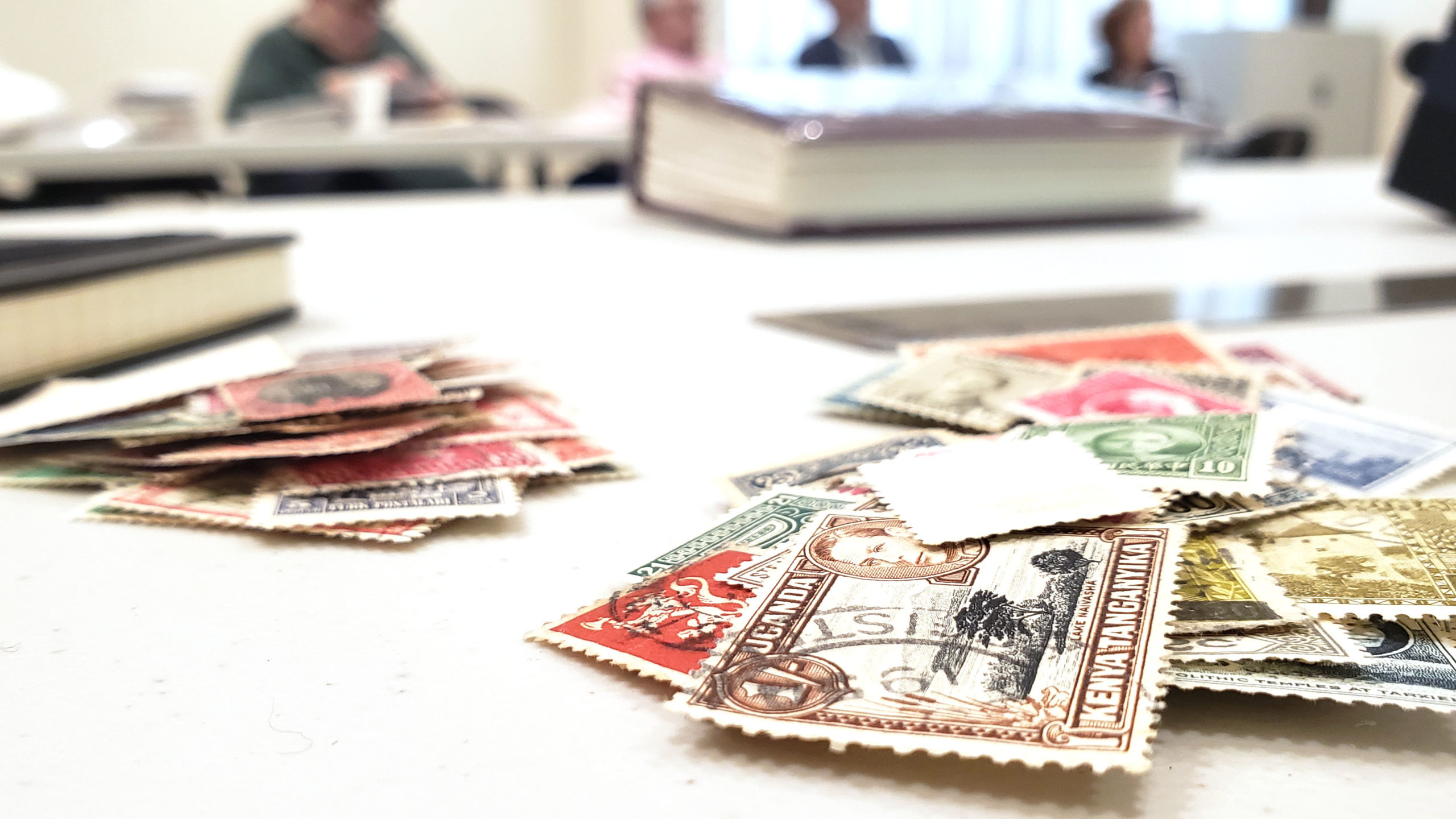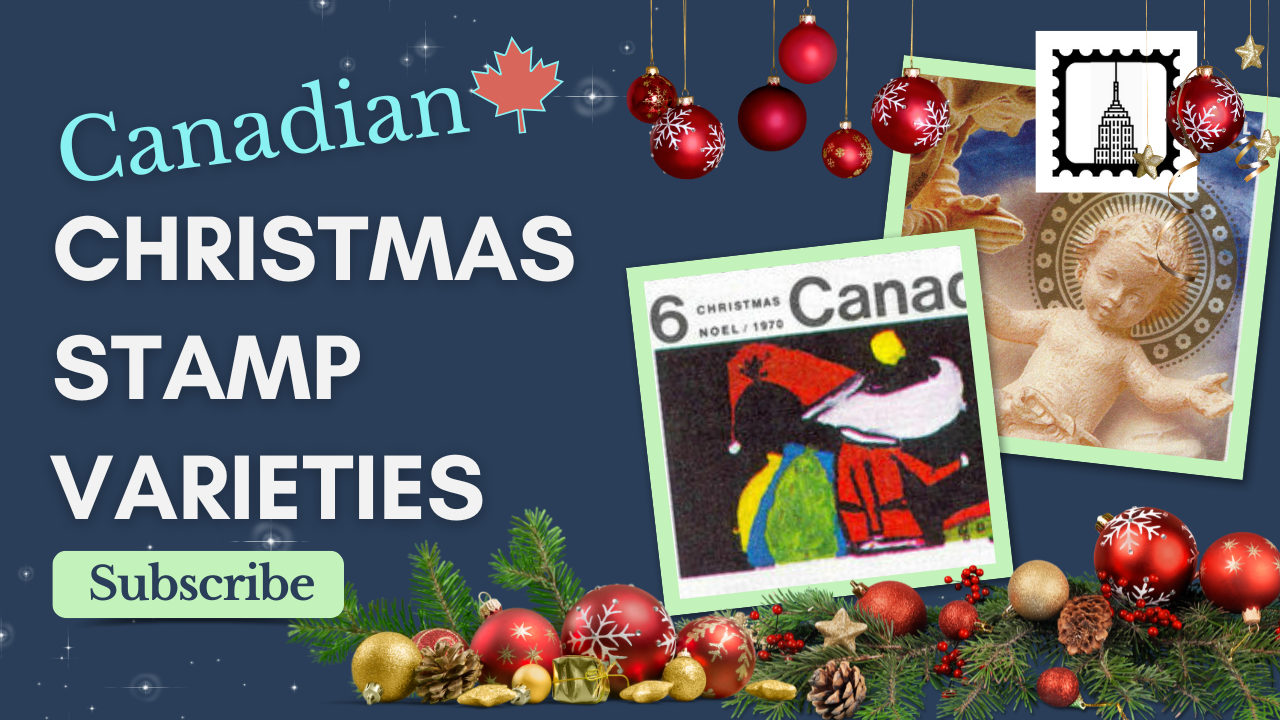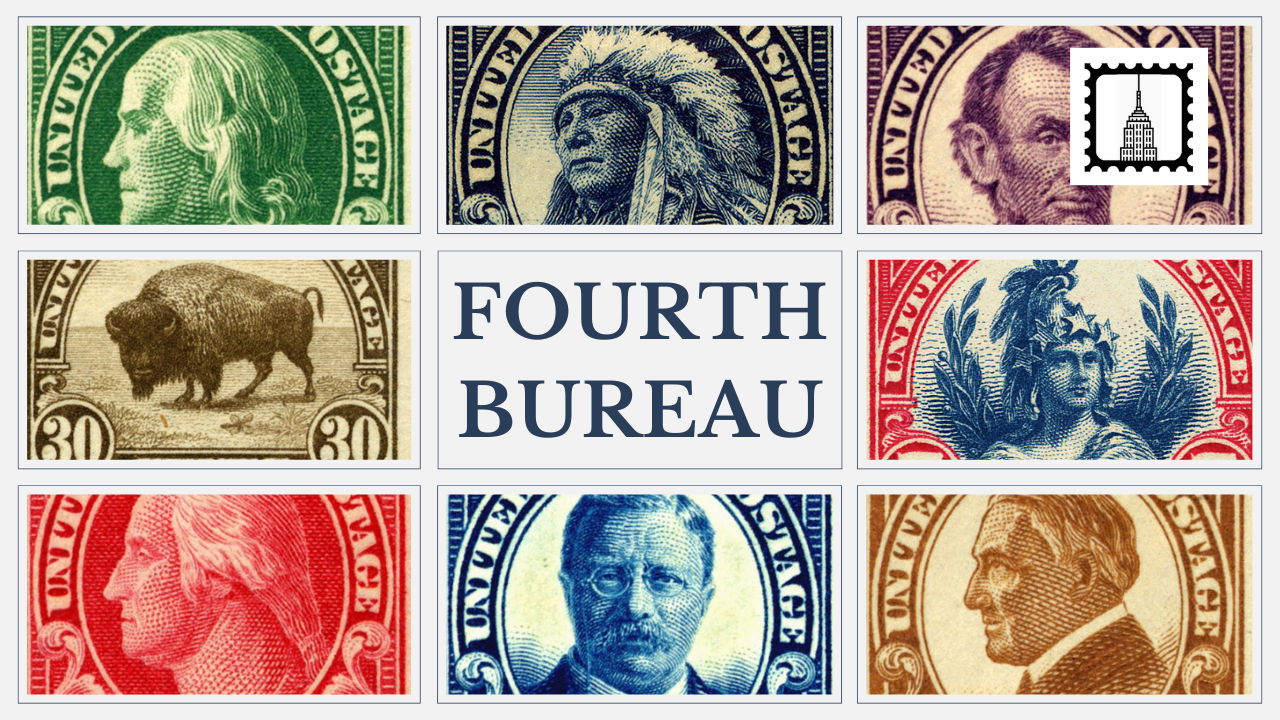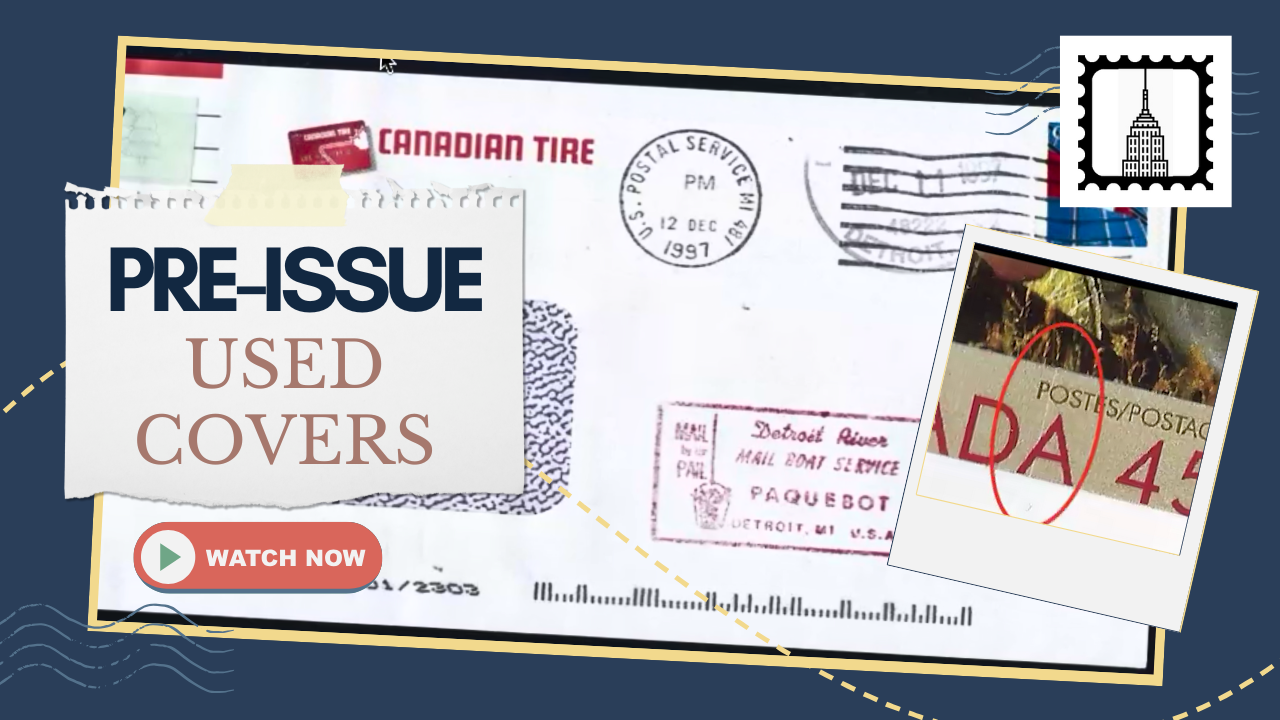Duncan Barber recently delivered an enlightening presentation on a lesser-known aspect of philately: pressure-sensitive package labels, or as he clarifies, “peel-and-stick” stickers, that the United States Post Office used on Great Britain (GB) covers between 1977 and 1984. Barber’s deep dive into this fascinating postal detail opens new doors for philatelists who may have overlooked these labels as valuable collectibles. Here’s a breakdown of his insights and why these labels matter for collectors.
The Purpose of Peel-and-Stick Labels on GB Covers
Initially, Barber sets the stage by explaining the significance of these labels, which replaced the older routing slips once used by the US Postal Service to organize and transport bulk mail. From 1977 to 1984, the US Post Office deployed these pressure-sensitive labels to sort and direct packages, marking a shift toward more efficient postal handling. For Barber, whose collection focuses on GB rates, these labels offer valuable information about mail rates, postal zones, and even the logistics behind international mail routing.
Decoding the Label Codes and Colors
Barber’s presentation brings us closer to the inner workings of these labels, breaking down the codes and colors used by the US Post Office:
- Direct (D) Labels in Pink: Barber describes “D” labels, which indicate that all packages within the bundle are headed to the same five-digit zip code. These packages were bundled with elastic bands—a seemingly minor detail but standardized to maintain order. Though these labels were functional, collectors should avoid placing them on philatelic covers, as Barber notes they could compromise the cover’s condition.
- CE Marking in Yellow: Another type, labeled “CE” and printed on yellow stickers, signifies a grouping of packages destined for multiple zip codes within the same city. This example reflects the postal service’s attention to efficient sorting, bundling together various addresses in a densely populated area without disrupting the system’s flow.
- S Labels for State Bundles: Barber also introduces “S” labels, representing bundles bound for the same state. These labels added a layer of hierarchy to sorting, allowing postal workers to quickly group and dispatch state-level packages, cutting down time spent in the sorting facilities. The hierarchy built into these labels illuminates the postal system’s complex but well-organized approach to managing mail volumes.
Rates, Postal Zones, and the Importance of Documentation
A crucial part of Barber’s presentation highlights the postal rates and zoning applicable to the GB covers of this era. For instance, Barber mentions a cover costing £0.11 for up to 10 grams, designated for what was called “Zone B,” which included regions like Germany, Poland, and Iceland. He notes that postal zones became streamlined after this period, reducing the system to only three major zones for international mail.
In addition to rates, Barber emphasizes the postal service’s documentation and meticulous standardization—right down to the elasticity of the bands used for packaging bundles. By decoding these postal zones and the label-specific rates, Barber shows how understanding these details can elevate a collection, helping philatelists identify valuable differences in mailing practices from the era.
Rare Finds and Unique Examples
Throughout his talk, Barber discusses specific, uncommon labels that add a layer of intrigue to philatelic collections:
- Business Mail Labels (F): Barber points out that “F” labels were applied to bundles addressed to the same business, allowing business mail to be grouped separately from general mail. This method provided both the postal service and businesses with greater efficiency.
- Mixed (Imax) Labels: Barber explains that “Imax” labels were used for mixed bundles—packages not sorted by specific zip codes or zones. These labels were placed on bundles containing a variety of mail types, giving philatelists yet another dimension to consider when adding these covers to their collections.
Barber also alludes to a rare green three-label he encountered but could not locate for the presentation. This elusive label demonstrates that there are still undiscovered treasures in this niche aspect of philately, waiting for collectors who have the knowledge to identify them.
Collecting Insights: Why These Labels Matter
For philatelists, Barber’s presentation reveals the thrill of collecting these “peel-and-stick” labels. While they may seem mundane, they capture a unique phase in postal history. As Barber explains, some labels initially thought to be reserved for internal mail use were later used by bulk mailers, challenging earlier assumptions. Collectors can now look out for these labels on covers from different periods and add layers of narrative to their collections by understanding their role in the postal process.
Conclusion: What You’ll Gain from Exploring Peel-and-Stick Labels
Duncan Barber’s detailed look at these labels encourages collectors to appreciate the “pressure-sensitive” details behind their covers. Whether you’re interested in GB rates or US postal practices, understanding these labels’ codes, colors, and histories can add depth to your collection. By keeping an eye out for these distinctive labels, you’re opening yourself to a relatively unknown yet fascinating piece of postal history—a true treasure trove for the discerning philatelist.






